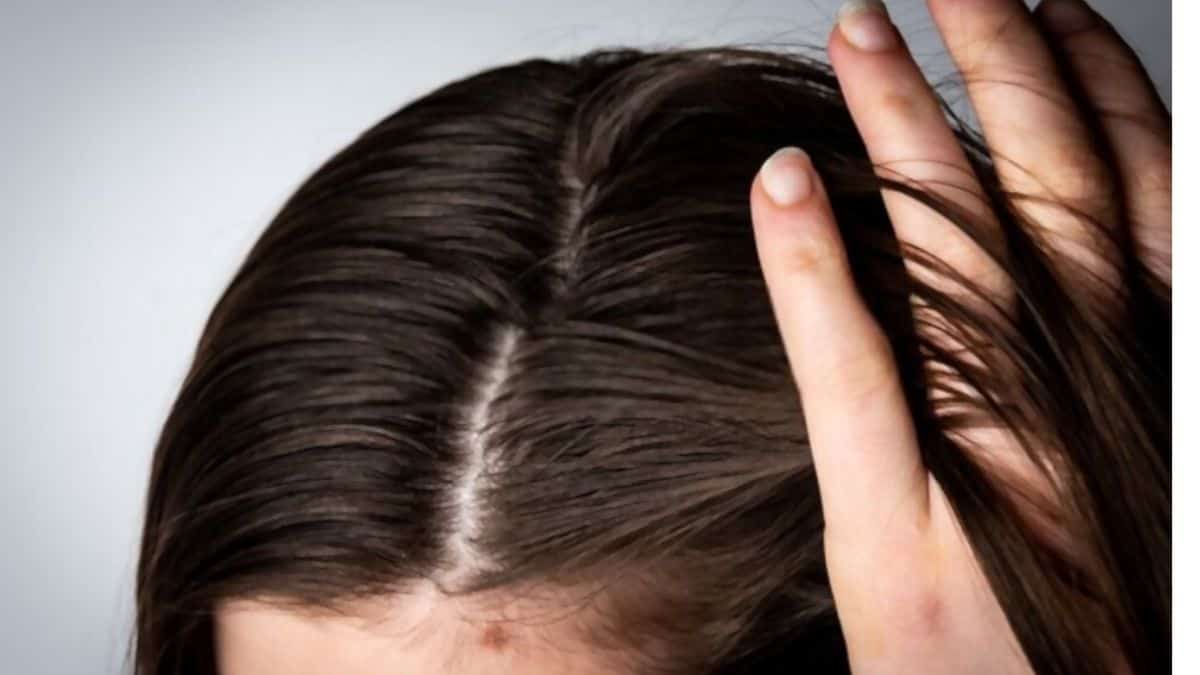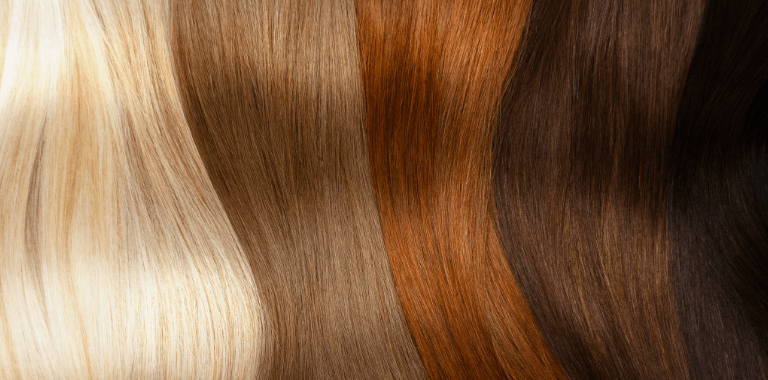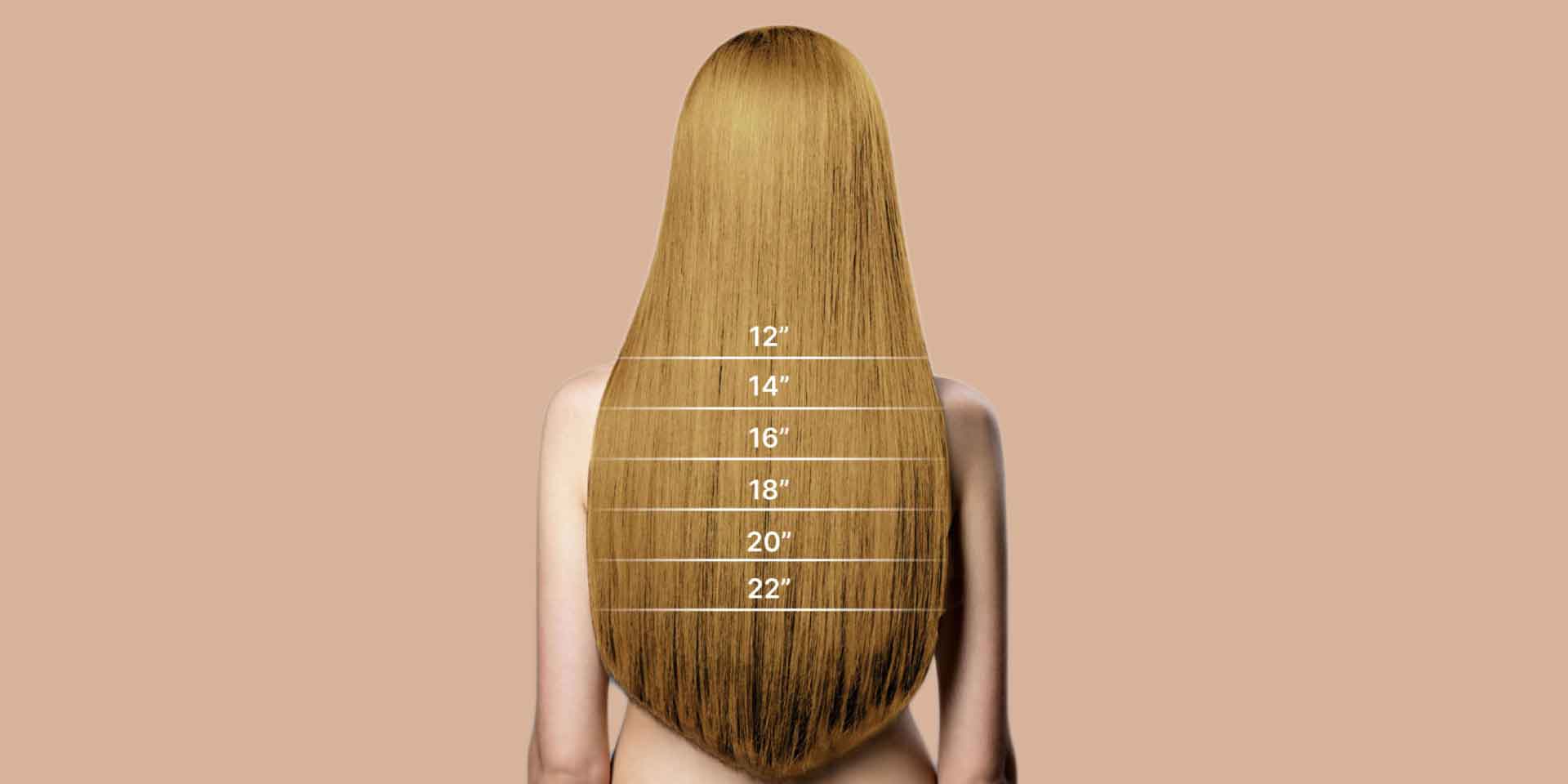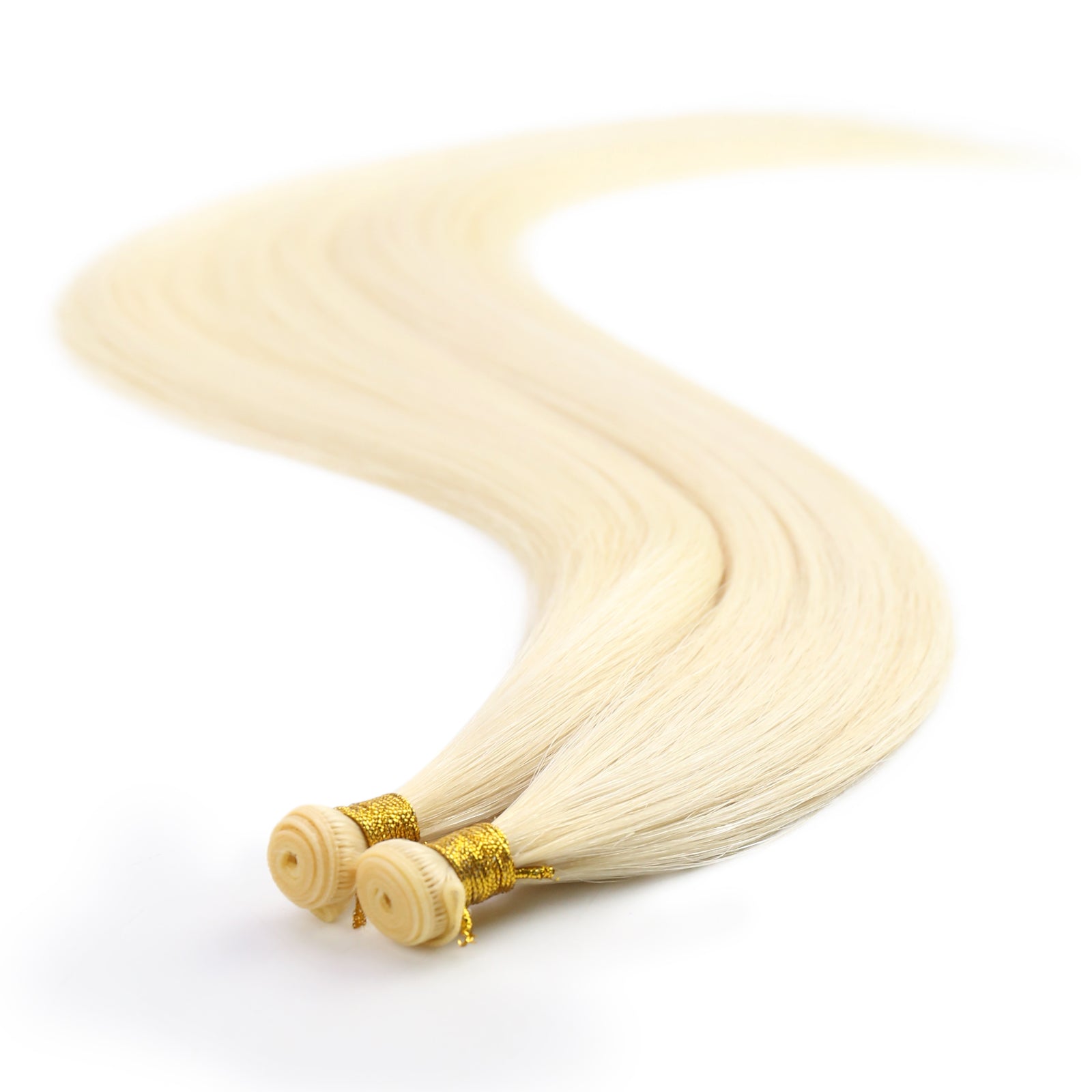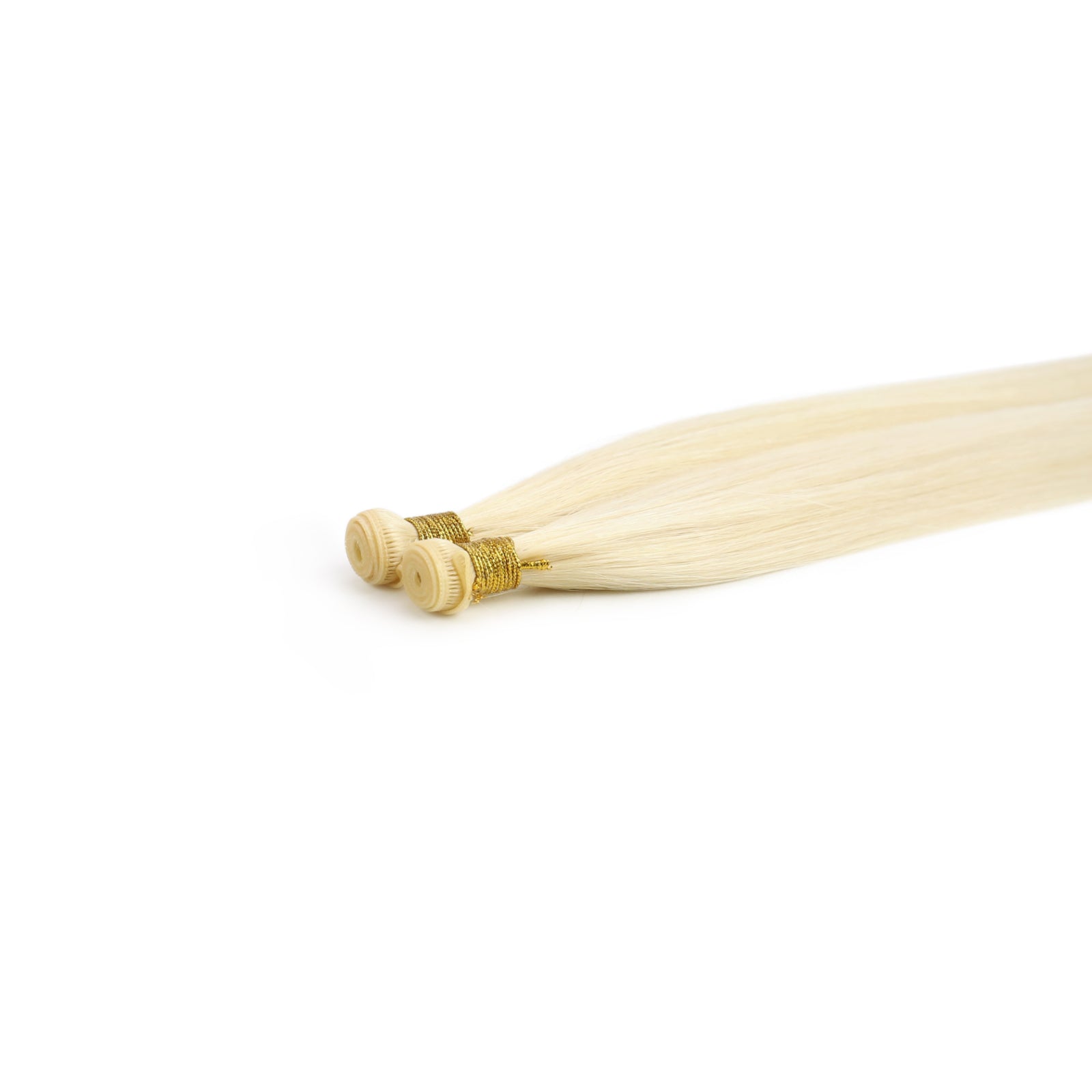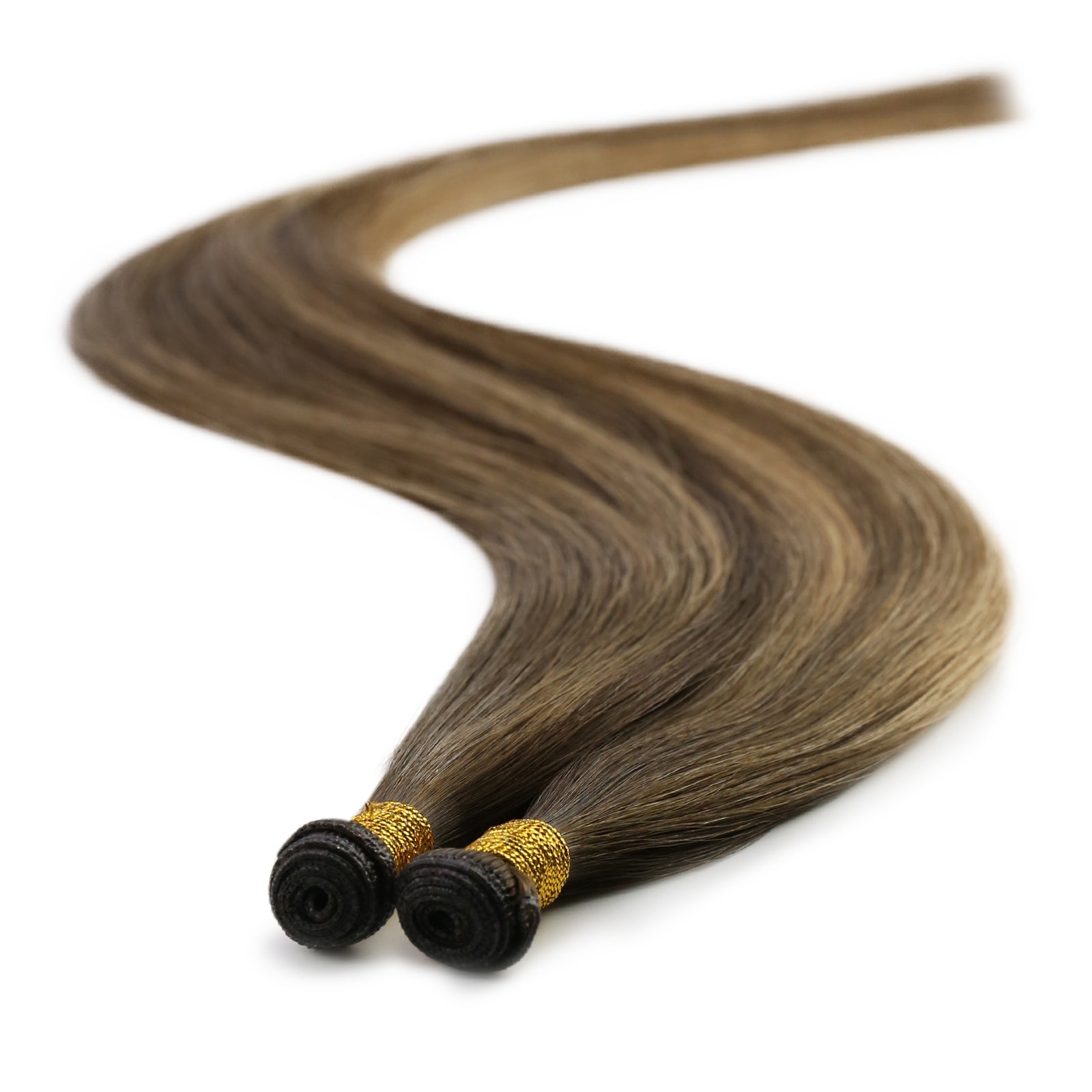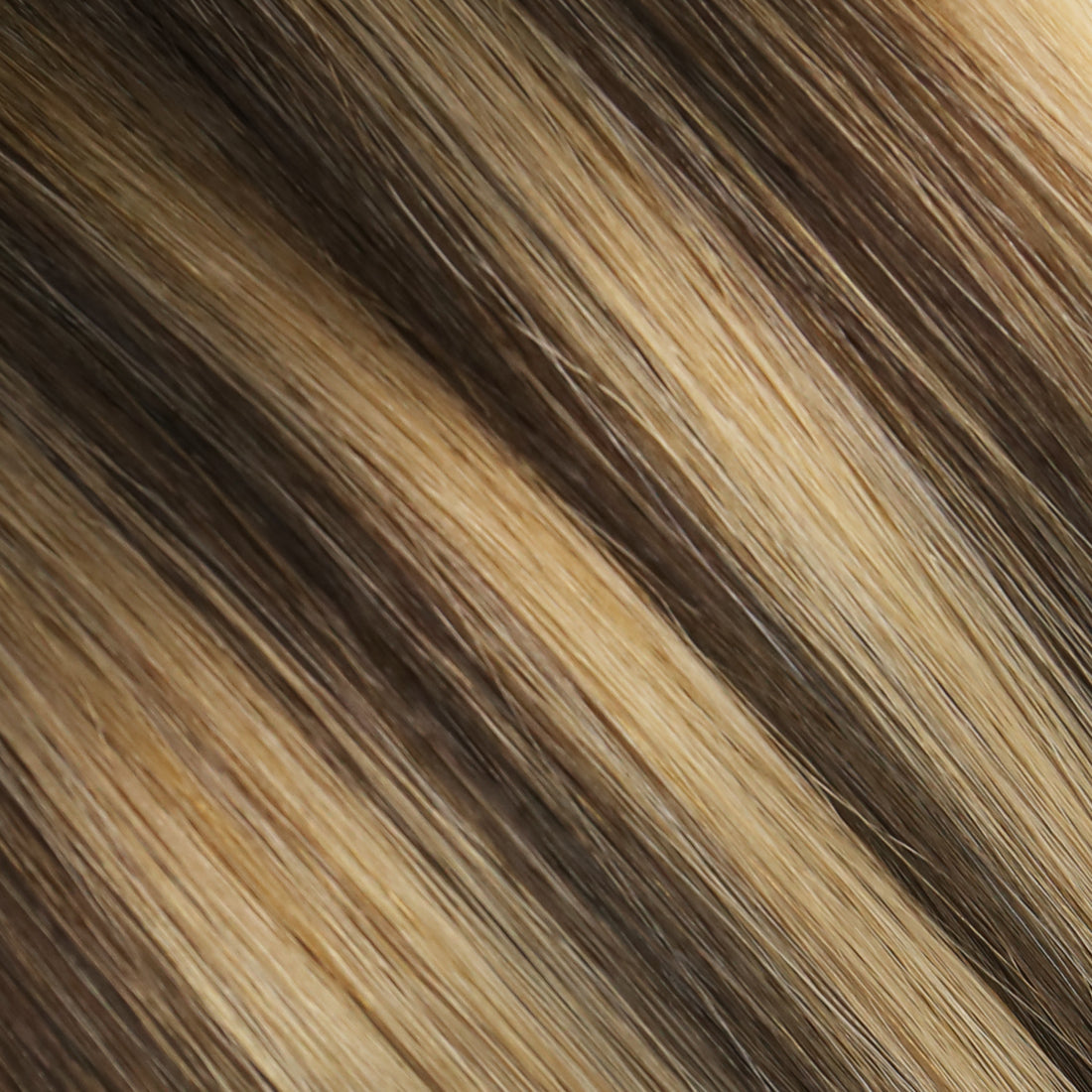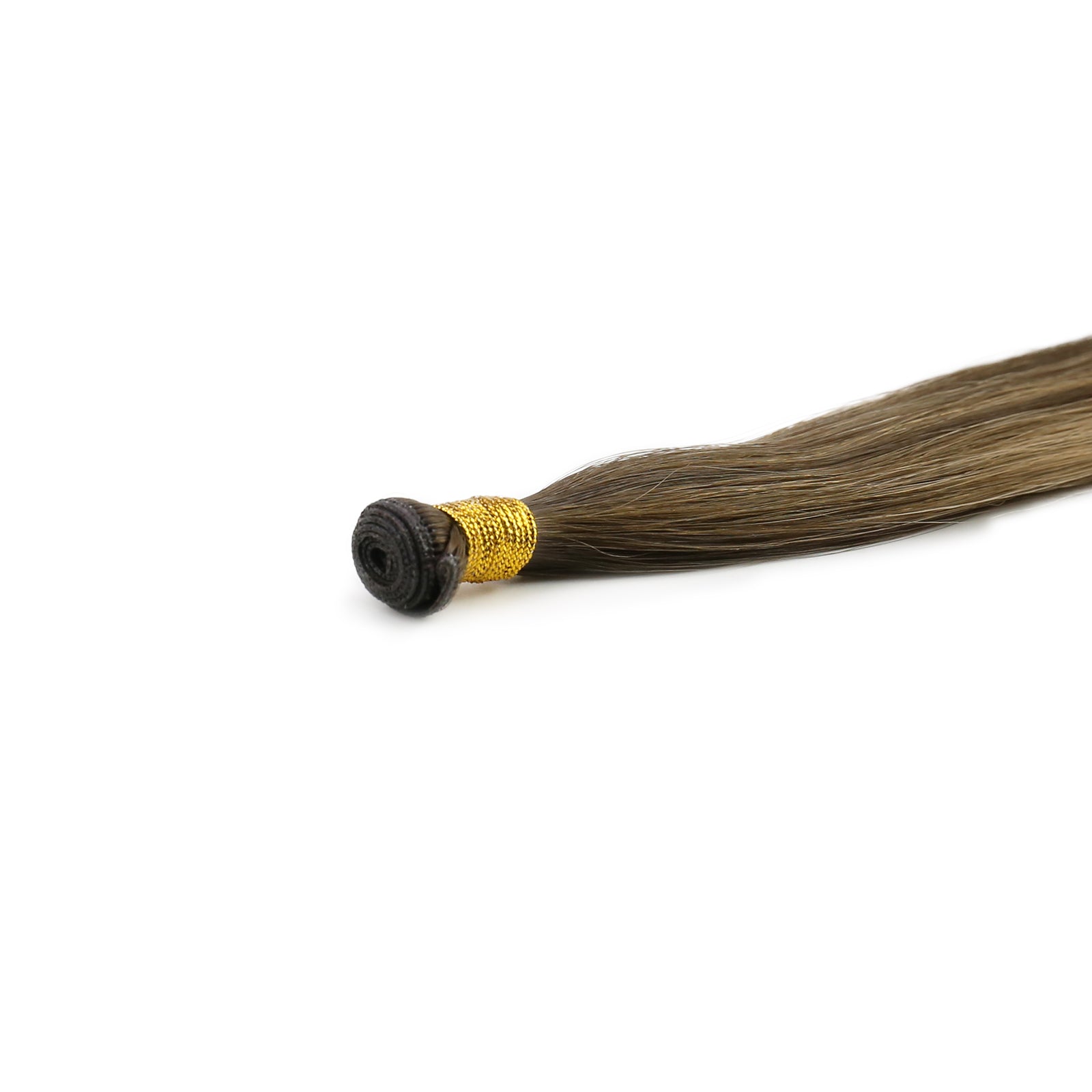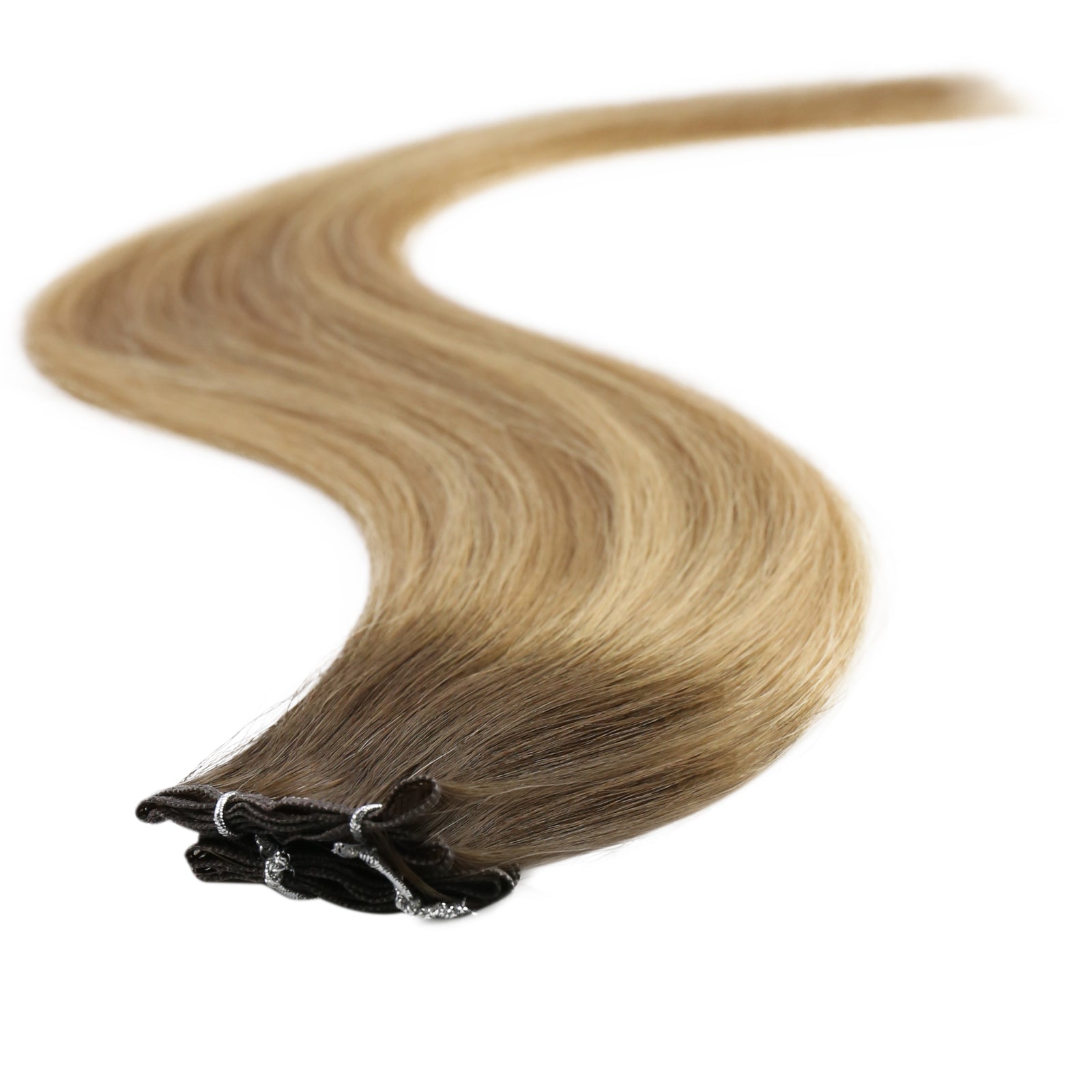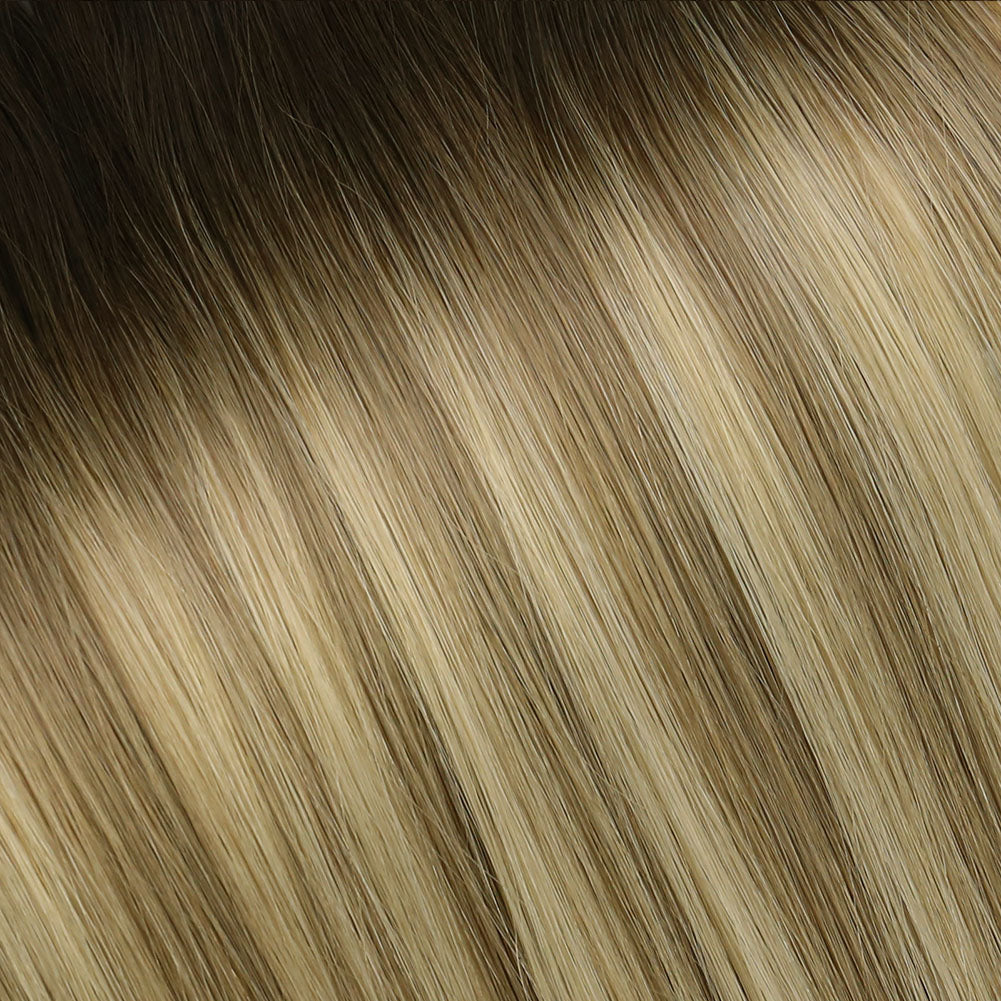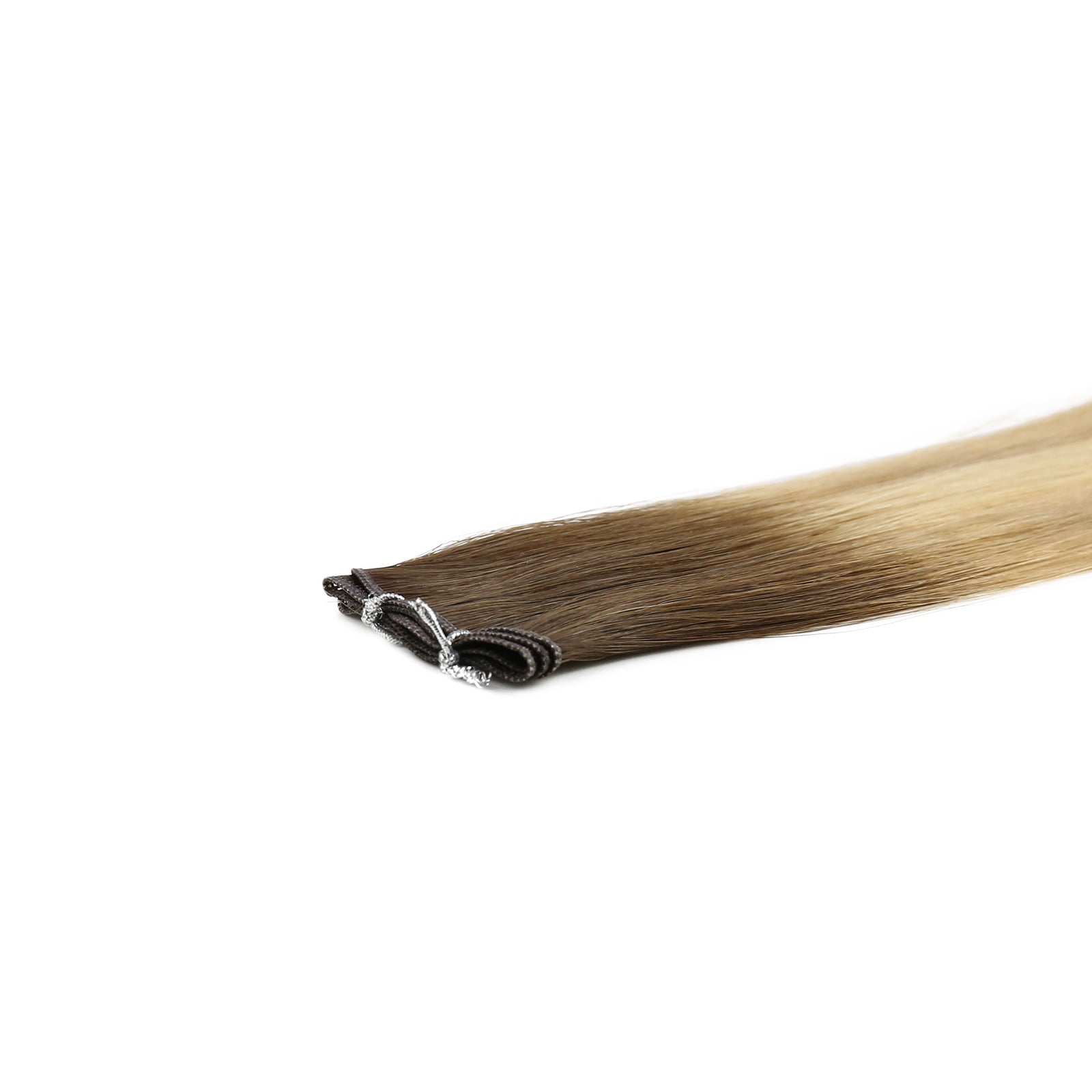Thinning hair can be a challenging issue, impacting both your appearance and confidence. Whether it's due to genetics, stress, or other factors, there are various methods to conceal thinning hair effectively. Here's a comprehensive guide of how to hide thinning hair to help you manage your thinnig hair, so you can feel your best every day.
Choose the Right Haircut
A well-chosen haircut can make a significant difference in how your thinning hair looks. Opt for styles that add volume and create the illusion of thicker hair. Layers, for example, can give your hair more body and movement. Shorter cuts or styles with texture can also help mask thinning areas.
Use Volumizing Products
Volumizing shampoos, conditioners, and styling products are designed to add body and fullness to your hair. Look for products that contain ingredients like biotin, keratin, or proteins, which can help strengthen and thicken hair strands. Mousse and texturizing sprays can also provide instant volume and make your hair appear fuller.
Incorporate Hair Fibers
-
Cover Thinning Spots: Hair fibers are an effective solution for concealing areas where hair is thinning or sparse.
-
Adhere to Existing Hair: The tiny, colored fibers bond to your existing hair strands, enhancing overall volume and density.
-
Match Natural Hair Color: Available in various shades, these fibers can be chosen to seamlessly blend with your natural hair color for a realistic look.
-
Easy Application: Hair fibers can be applied effortlessly using either a sprinkle method or a spray, making them convenient for quick touch-ups or fuller coverage.
Try Hair Pieces and Extensions
Hair extensions or hairpieces can be an effective way to add volume and cover thinning areas. Choose extensions that match your hair color and texture for a seamless blend. For a more temporary fix, consider using a hairpiece or clip-in bangs to add volume and hide thinning hair. There are several types available that cater to different needs and preferences. Here's a detailed look at how these can help and the various types hair extensions you might consider.
Clip-In Hair Extensions
Clip-In Hair Extensions are temporary extensions that you can easily attach and remove yourself. They come in various lengths, colors, and textures.
Benefits:
-
Flexibility: You can put them in or take them out whenever you like, which is great for changing your look daily.
-
No Commitment: Perfect for those who want a temporary solution or need extra volume for special occasions.
How to Use:
-
Section your hair and clip the extensions into place near the roots.
-
Blend with your natural hair using a comb or your fingers to ensure a seamless look.
Tape-In Hair Extensions
Tape-In Hair Extensions extensions use special tape to adhere to your natural hair. They are semi-permanent and can last up to 8 weeks.
Benefits:
-
Natural Look: They lay flat against your scalp, providing a more natural appearance.
-
Low Maintenance: They don't require frequent removal or reapplication.
How to Use:
-
Professional application is recommended. The stylist will sandwich sections of your natural hair between two tape extensions.
-
Maintenance involves regular touch-ups and careful handling to avoid damage.
Sew-In Hair Extensions (Weft)
Sew-In Hair Extensions are sewn into braided sections of your natural hair. They are considered a more permanent solution and can last several weeks to months.
Benefits:
-
Durability: They are less likely to slip out or need frequent adjustments.
-
Versatility: They can add both length and volume and can be styled in various ways.
How to Use:
-
Requires a professional to braid your natural hair and sew the extensions into the braids.
-
Regular upkeep involves washing and re-braiding as needed.
Experiment with Hairstyles
Experimenting with hairstyles can significantly help camouflage thinning hair. For example, opting for a side part instead of a center part can create the illusion of more volume, making your hair look fuller. Loose waves or curls add texture and dimension, which can distract from thinning areas. Additionally, a well-placed updo, such as a loose bun or a chic chignon, can effectively cover thinning spots on the top or sides of your head, offering both coverage and a polished appearance. Playing with different styles and techniques allows you to find the most flattering and concealing look for your hair.
Use Hair Thickening Sprays
Hair thickening sprays and powders are effective solutions for creating the appearance of thicker hair. These products add texture and lift by coating individual hair strands with tiny fibers or particles. When applied, they adhere to your natural hair, filling in sparse areas and giving a fuller look, making it possible to hide thinning hair. Hair thickening sprays typically offer a light hold and add volume to the roots, while powders can be used to enhance density and texture throughout your hair. Both types of products help create the illusion of more volume and body, making thinning hair less noticeable and giving it a more robust appearance.
Maintain a Healthy Scalp
Maintaining a healthy scalp is crucial for promoting optimal hair growth and thickness. Here are some tips about how to hide thinning hair by taking care of your scalp.
Regular Scalp Massage
-
Gently massage your scalp with your fingertips in circular motions for a few minutes daily.
-
This practice boosts blood circulation, which helps deliver essential nutrients to hair follicles and promotes growth.
Scalp Treatments and Serums
-
Use scalp treatments or serums that are formulated to enhance hair health.
-
Look for products containing ingredients like biotin, caffeine, or essential oils, which can stimulate hair follicles and strengthen the scalp.
Maintain Cleanliness
-
Wash your scalp regularly with mild shampoo to remove excess oil, dirt, and product buildup.
-
Avoid over-washing, as this can strip your scalp of natural oils. Aim for a balanced routine that keeps your scalp clean without being too harsh.
Nourish with Conditioner
-
Apply a conditioner suited to your hair type to keep your scalp hydrated and prevent dryness.
-
Avoid applying conditioner directly to the scalp if you have an oily scalp; instead, focus on the ends of your hair.
Avoid Harsh Chemicals
-
Minimize the use of hair products that contain harsh chemicals, such as sulfates and parabens, which can irritate the scalp and contribute to thinning hair.
-
Opt for gentle, sulfate-free shampoos and conditioners.
Avoid Heat Damage
Excessive use of heat styling tools can weaken hair and worsen thinning. To avoid damage, limit the use of blow dryers, straighteners, and curling irons. When you do use heat, always apply a heat protectant spray to shield your hair from high temperatures. Whenever possible, opt for air-drying your hair to minimize exposure to heat and reduce breakage. By taking these precautions, you can help preserve your hair's health and prevent further thinning caused by heat damage.
Consider Medical Treatments
If you're experiencing severe or persistent thinning hair, consider exploring medical treatments. Consult with a dermatologist or hair specialist to evaluate your condition and discuss various options. Topical treatments, such as minoxidil, can stimulate hair growth, while oral medications like finasteride may help address hormonal imbalances. In more advanced cases, hair transplant procedures can provide a more permanent solution by relocating healthy hair follicles to thinning areas. A professional consultation will help you determine the most suitable approach for improving hair density and addressing underlying causes.
Conclusion
Hiding thinning hair involves a combination of the right products, techniques, and hairstyles tailored to your specific needs. By experimenting with these tips and embracing solutions that work for you, you can confidently manage hiding thinning hair and maintaining a look that enhances your natural beauty. Remember, feeling good about your hair is a key step towards feeling good about yourself! Looking for how to hide thinning hair may be a significant step.
